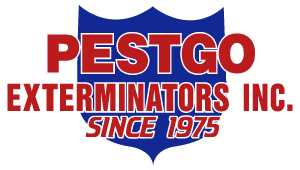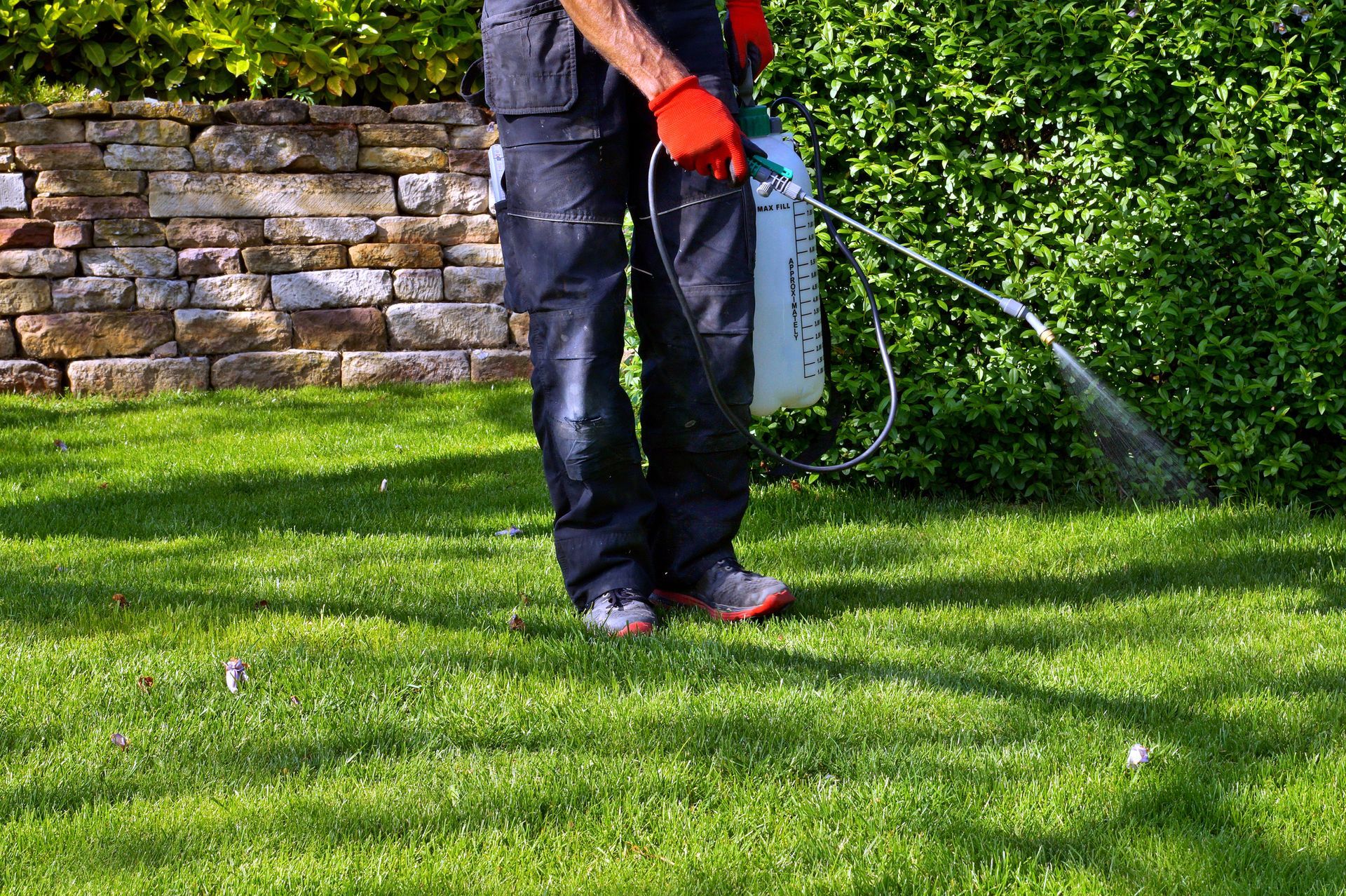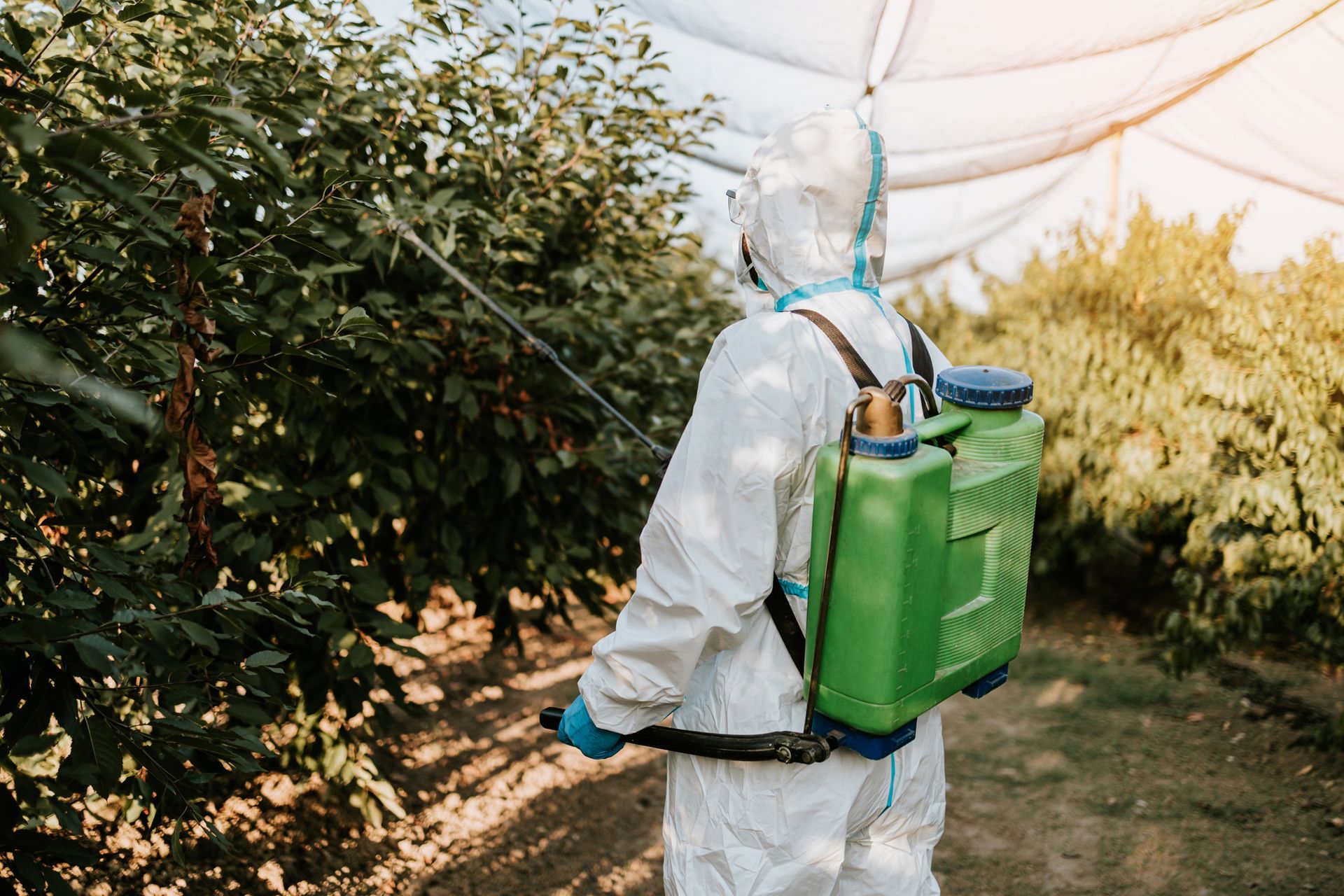Lawn Control Services in the Greater Tampa, FL area
Lawn Pest Control is an important part of a homeowner’s list of responsibilities. It's not a secret that a well kept lawn increases the overall look of your home and can lead to an increase in the overall value of the home.
No one wants a lawn that has been destroyed by various lawn pests and insects that constantly eat it away. We can provide you with the right solutions to keep those lawn insects and pests away without having to spend a lot of money. We work hard to ensure that you get expert service to get these annoying pests under control.
Lawn Diseases
Lawn diseases are much harder to cure than killing lawn insects. Some lawn diseases may persist for several years before you can get them completely under control. Timing is one of the most critical factors. You have to apply the fungicide at the correct stage of the disease development for it to have any impact on the disease. You must also re-apply fungicides, sometimes several times a year and for several years in a row.
Common Causes of Lawn Disease
Too much water near the surface is one reason that lawn diseases start to develop. Contrary to an old wives’ tale, watering at night does not necessarily create disease problems. However, too much water close to the surface can create many unnecessary problems that may lead to a lawn disease problem. Water needs to penetrate to a depth of 6” to 12”. Water your lawn for a longer period of time and less frequently during the spring, summer and fall. Aerate deeply, and do it as often as needed, to help water penetrate into the soil and not just run off. Check the depth of water penetration several times during the summer to make sure your lawn is receiving the necessary water. You can buy a lawn aerator that attaches directly to a hose, or you can attach a pipe to a hose, to help get water deep into the soil. Poor drainage can be just as bad for a lawn as too much water. Roots need oxygen to grow. If the soil does not drain, there is not any oxygen in the soil for the roots to use. This condition can make a lawn more susceptible to a disease.
Different lawn diseases may need different chemicals to control them. ‘One-size-fits-all' does not apply to lawn disease control. Each fungicide is specific for certain types of diseases. If you need help diagnosing which disease your lawn may have please contact us for a consultation and service.
Outdoor Pest Control Tips
Weeds are a huge threat to the integrity and health of your lawn, therefore you should be prepared to get rid of them quickly and efficiently without harming other plants and grasses that are beneficial. The best way to get rid of weeds is to let us prevent them before they even come out of the ground with the use of our herbicides. These weed killers work by damaging the root system of weeds while they are still deep underground. It is recommended to apply this before the spring to protect your lawn and garden all year long so it doesn't damage your lawn.
Grubs and other burrowing insects present the greatest threat to your lawn. It can be hard to even know if you have them or not, so being aware of the signs of infestation is important. Brown or dying areas of grass is a good indication that there might be a grub infestation. Call for our service to check for them, or you can take a small sample of lawn, perhaps a few square inches, to check for sightings of the grubs
Ants are yet another threat to the health of your lawn. Their nests can cause raised dirt mounds that disrupt the pristine look of a well-tended lawn and some species such as fire ants present a health threat as well. Ant control is therefore one of the services we can do to keep your lawn beautiful and inviting.
Lawn and Disease Control. Identifying what type of fungus or disease your lawn may have can be difficult on your own. Prevention is always the best method. If brown or dead spots begin to appear in your lawn, or if you cannot diagnose if these spots are a fungus or disease, call us for service to begin treatment as soon as possible, and avoid mowing or walking through affected areas to eliminate spreading the fungus all over the lawn.
| Disease | Description |
|---|---|
| Anthracnose: | Reddish-brown spots on leaves • blighted areas of lawn can vary in size from 2 inches to 10 feet Favorable Conditions1 Warm to hot weather (80 to 90 degrees) • excess rain • poor drainage • under fertilization |
| Brown Patch: | Leaves and stems die out in large, circular patches in lawn • one of the most common diseases of fescue lawns Favorable Conditions1 Warm to hot weather (75 to 95 degrees) • high humidity • excess rain |
| Summer patch a.k.a. Frog Disease: | Grass forms light green patches up to 24 inches wide that later turn a reddish brown • some patches may have circle of green grass in center Favorable Conditions1 Warm temperatures (80 to 95 degrees) • high humidity • drought-stressed grass |
Call the professionals with Pestgo Exterminators to diagnose any issues and rid your lawn of pests: (813) 875-3083



